
Every year since 1963, the Space Medicine Association has given out the Hubertus Strughold Award to a top scientist or clinician for outstanding work in aviation medicine.
Dr. Hubertus Strughold (1898-1986) is known as the “Father of Space Medicine”. He first coined the term “space medicine” in 1948 and was the first and only Professor of Space Medicine at the U.S. Air Force School of Aerospace Medicine. He was a co-founder of the Space Medicine Branch of the Aerospace Medical Association in 1950. In 1963, the Space Medicine Branch initiated the “Hubertus Strughold Award”, which is given each year for the greatest achievement in space medicine
Dr. Hubertus Strughold MD, Ph.D (June 15, 1898 – September 25, 1986) was a German-born physiologist and prominent medical researcher. Beginning in 1935 he served as chief of Aeromedical Research for the German Luftwaffe, holding this position throughout World War II. In 1947 he was brought to the United States as part of Operation Paperclip and held a series of high-ranking medical positions in both the US Air Force and NASA.
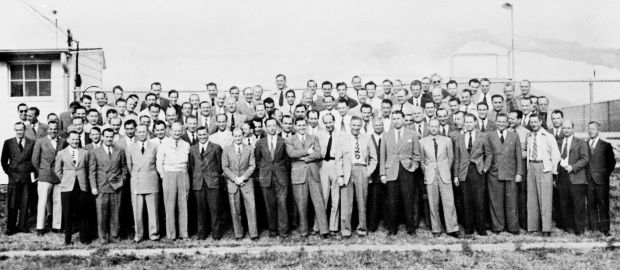
For his role in pioneering the study of the physical and psychological effects of manned spaceflight he became known as “The Father of Space Medicine”.Following his death, Strughold’s activities under the Nazis came under greater scrutiny and allegations surrounding his involvement in Nazi-era human experimentation greatly diminished his reputation.
In April 1935 the government of Nazi Germany appointed Strughold to serve as the director of the Berlin-based Research Institute for Aviation Medicine, a medical think tank that operated under the auspices of Hermann Göring’s Ministry of Aviation.

Under Strughold’s leadership the Institute grew to become Germany’s foremost aeromedical research establishment, pioneering the study of the medical effects of high-altitude and supersonic speed flight along with establishing the altitude chamber concept of “time of useful consciousness”. Though Strughold was ostensibly a civilian researcher, the majority of the studies and projects his Institute undertook were commissioned and financed by the German armed forces (principally the Luftwaffe) as part of the ongoing German re-armament. With the outbreak of World War II in 1939, Strughold’s organization was absorbed into the Luftwaffe itself as part of its Medical Service. It was renamed the Air Force Institute for Aviation Medicine, and placed under the command of Luftwaffe Surgeon-General(Generaloberstabsarzt) Erich Hippke.
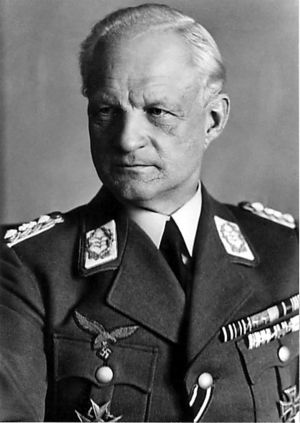
Strughold himself was also commissioned as an officer in the German air force, eventually rising to the rank of Colonel (Oberst).
In October 1942, Strughold and Hippke attended a medical conference in Nuremberg at which SS physician Sigmund Rascher delivered a presentation outlining various medical experiments he had conducted, in conjunction with the Luftwaffe, in which prisoners from the Dachau concentration camp were used as human test subjects.
These experiments included physiological tests during which camp inmates were immersed in freezing water, placed in air pressure chambers and made to endure invasive surgical procedures without anesthetic. Many of the inmates forced to participate died as a result. Various Luftwaffe physicians had participated in the experiments and several of them had close ties to Strughold, both through the Institute for Aviation Medicine and the Luftwaffe Medical Service.
Following the German defeat in May, 1945, Strughold claimed to Allied authorities that, despite his influential position within the Luftwaffe Medical Service and his attendance at the October 1942 medical conference, he had no knowledge of the atrocities committed at Dachau. He was never subsequently charged with any wrongdoing by the Allies. However, a 1946 memorandum produced by the staff of the Nuremberg Trials listed Strughold as one of thirteen “persons, firms or individuals implicated” in the war crimes committed at Dachau. Also, several of the former Luftwaffe physicians associated with Strughold and the Institute for Aviation Medicine (among them Strughold’s former research assistant Hermann Becker-Freyseng) were convicted of crimes against humanity in connection with the Dachau experiments at the 1947 Nuremberg Doctor’s Trial.
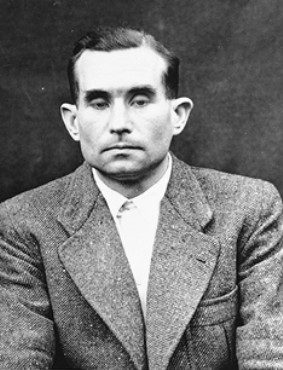
During these proceedings, Strughold contributed several affidavits for the defense on behalf of his accused colleagues.
In October 1945 Strughold returned to academia, becoming director of the Physiological Institute at Heidelberg University. He also began working on behalf of the US Army Air Force, becoming chief scientist of its Aeromedical Center, located on the campus of the former Kaiser Wilhelm Institute for Medical Research. In this capacity Strughold edited German Aviation Medicine in World War II, a book-length summary of the knowledge gained by German aviation researchers during the war.
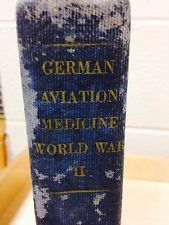
In 1947 Strughold was brought to the United States, along with many other highly valuable German scientists, as part of Operation Paperclip. With another former Luftwaffe physician, Richard Lindenberg, Strughold was assigned to the US Air Force School of Aviation Medicine at Randolph Field near San Antonio, Texas.
It was while at Randolph Field that Strughold began conducting some of the first research into the potential medical challenges posed by space travel, in conjunction with fellow “Paperclip Scientist” Dr. Heinz Haber.Strughold coined the term “space medicine” to describe this area of study in 1948. The following year he was appointed as the first and only Professor of Space Medicine at the US Air Force’s newly established School of Aviation Medicine (SAM), one of the first institutions dedicated to conducting research on the so-called “human factors” associated with manned spaceflight.

Under Strughold, the School of Aviation Medicine conducted pioneering studies on issues such as atmospheric control, the physical effects of weightlessness and the disruption of normal time cycles.In 1951 Strughold revolutionized existing notions concerning spaceflight when he co-authored the influential research paper Where Does Space Begin? in which he proposed that space was present in small gradations that grew as altitude levels increased, rather than existing in remote regions of the atmosphere. Between 1952 and 1954 he would oversee the building of the space cabin simulator, a sealed chamber in which human test subjects were placed for extended periods of time in order to view the potential physical and psychological effects of extra-atmospheric flight. Strughold obtained US citizenship in 1956 and was named chief scientist of the National Aeronautics and Space Administration’s (NASA) Aerospace Medical Division in 1962. While at NASA, Strughold played a central role in designing the pressure suit and onboard life support systems used by both the Gemini and Apollo astronauts. He also directed the specialized training of the flight surgeons and medical staff of the Apollo program in advance of the planned mission to the Moon. Strughold retired from his position at NASA in 1968.

During his work on behalf of the Air Force and NASA, Strughold was the subject of three separate US government investigations into his suspected involvement in war crimes committed under the Nazis. A 1958 investigation by the Justice Department fully exonerated Strughold, while a second inquiry launched by the Immigration and Naturalization Service in 1974 was later abandoned due to lack of evidence. In 1983 the Justice Department’s Office of Special Investigations reopened his case but withdrew from the effort when Strughold died in September, 1986. Following his death, Strughold’s alleged connection to the Dachau experiments became more widely known following the release of US Army Intelligence documents from 1945 that listed him among those being sought as war criminals by US authorities.
These revelations did significant damage to Strughold’s reputation and resulted in the revocation of various honors that had been bestowed upon him over the course of his career. In 1993, at the request of the World Jewish Congress, his portrait was removed from a mural of prominent physicians displayed at Ohio State University. Following similar protests by the Anti-Defamation League (ADL), the Air Force decided in 1995 to rename the Hubertus Strughold Aeromedical Library at Brooks Air Force Base, which had been named in Strughold’s honor in 1977. His portrait, however, still hangs there. Further action by the ADL also led to Strughold’s removal from the International Space Hall of Fame in Alamogordo, New Mexico in May 2006.
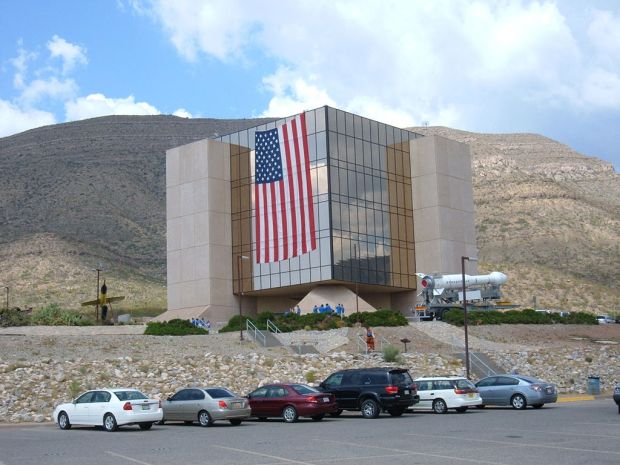
Further questions about Strughold’s activities during World War II emerged in 2004 following an investigation conducted by the Historical Committee of the German Society of Air and Space Medicine. The inquiry uncovered evidence of oxygen deprivation experiments carried out by Strughold’s Institute for Aviation Medicine in 1943. According to these findings six epileptic children, between the ages of 11 and 13, were taken from the Nazi’s Brandenburg Euthanasia Centre to Strughold’s Berlin laboratory where they were placed in vacuum chambers to induce epileptic seizures in an effort to simulate the effects of high-altitude sicknesses, such as hypoxia.
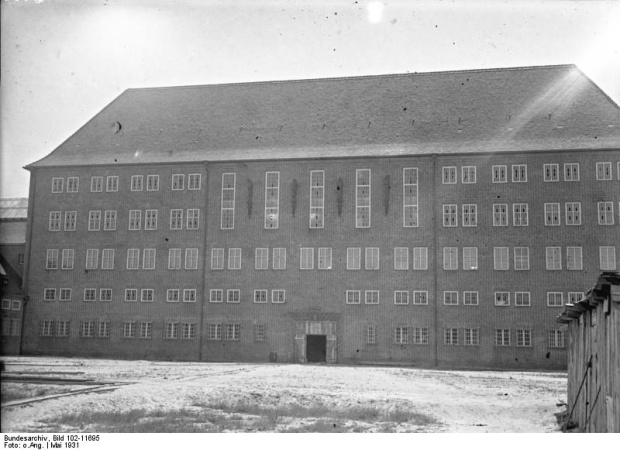
While, unlike the Dachau experiments, all the test subjects survived the research process, this revelation led the Society of Air and Space Medicine to abolish a major award bearing Strughold’s name. A similar campaign by American scholars prompted the US branch of the Aerospace Medical Association to announce in 2012 that it would also consider rechristening a similar award, also named in Strughold’s honor, which it had been bestowing since 1963. The move was met with opposition from defenders of Strughold, citing his massive contributions to the American space program and the lack of any formal proof of his direct involvement in war crimes






Reblogged this on History of Sorts.
LikeLike